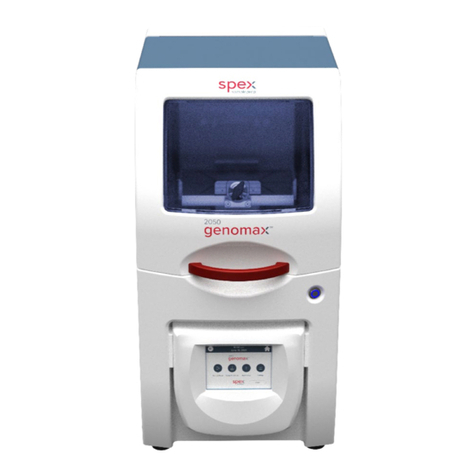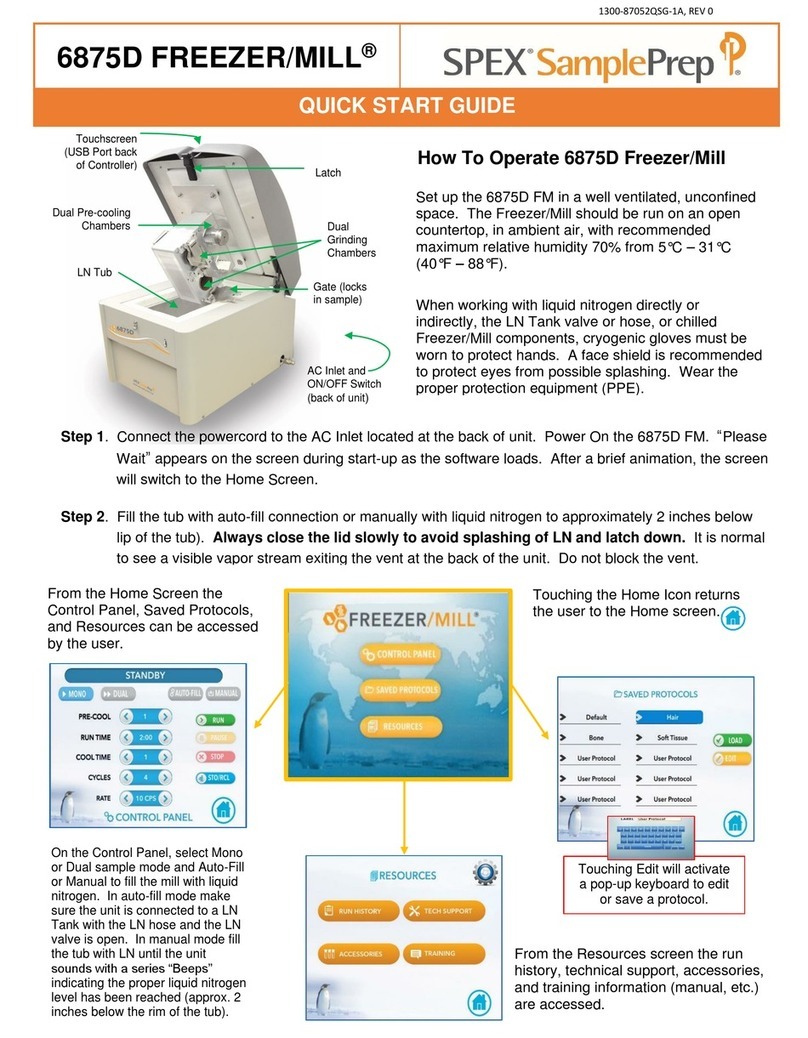Index
Index ...............................................................................................2
Introduction....................................................................................4
Historical background ............................................................................... 4
The 8550 ShatterBox................................................................................ 5
Accessories .............................................................................................. 7
Main features ........................................................................................... 7
Precautions .....................................................................................9
Installation....................................................................................10
Location................................................................................................. 10
Unpacking.............................................................................................. 11
Connection - electrical ............................................................................ 12
Connection –exhaust ............................................................................. 13
Leveling casters...................................................................................... 13
Setting up.............................................................................................. 14
Questions ?............................................................................................ 15
Choice of the grinding container..................................................16
Material.................................................................................................. 16
Size ....................................................................................................... 17
How the unit works ......................................................................19
Grinding methods................................................................................... 19
Door operation ....................................................................................... 19
Clamping the dish .................................................................................. 19
Grinding motion ..................................................................................... 19
Using the 8550 ShatterBox ..........................................................20
Operation of the safety door ................................................................... 20
The main running screen ........................................................................ 22
Loading a program ................................................................................. 24
During a grinding ................................................................................... 25
A general grinding .................................................................................. 26
Programming the 8550 ShatterBox (advanced).........................28
Unlocking the advanced mode ................................................................ 28
Managing grinding methods.................................................................... 29
Preparing a grinding program ................................................................. 29
Grinding steps........................................................................................ 30
Global parameters ........................................................................31
Options.................................................................................................. 31
Special parameters.......................................................................33
Accessing the Special parameters ........................................................... 33
Parameters description ........................................................................... 34
Dish calibration procedure....................................................................... 35
































